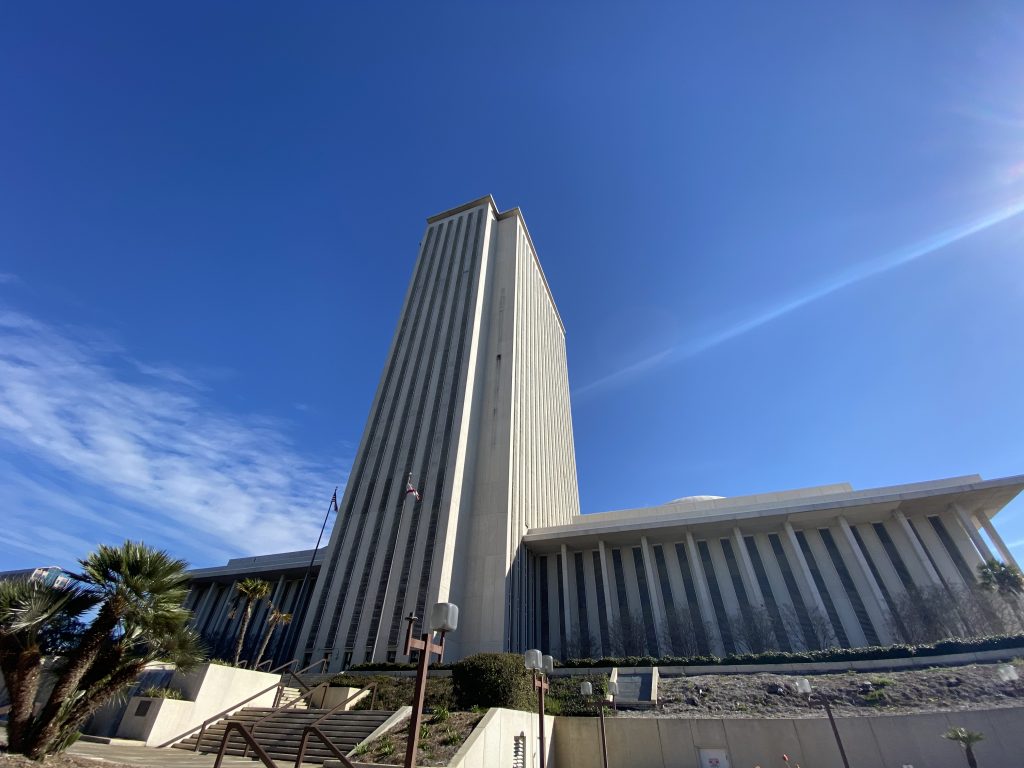
Florida’s share of a large settlement among states and opioid manufacturers is $205.7 million, but House and Senate plans on how to spend it are substantially different.
The Senate proposal is largely in line with the plan Gov. Ron DeSantis laid out in February, although it wouldn’t spend as much on his preferred programs. The Senate also would use some of the money to pay for treatment programs in prisons and grants for law enforcement agencies, which weren’t in DeSantis’ plan.
The House plan focuses mostly on treatment, but both chambers would also use other funds not derived from the settlement for prevention, treatment and recovery services.
In total, there’s $155.4 million in opioid settlement funds in the Senate budget. That includes $65.5 million for the Department of Children and Families (DCF), with $2.1 million to set up the Statewide Office of Opioid Recovery; $15.8 million for the Coordinated Opioid Recovery Network (CORE), a program offering addiction services in 12 counties; $5 million for an opioid abuse prevention media campaign and $40.2 million for treatment and recovery services.
DeSantis’ plan called for $10.2 million for the Statewide Office of Opioid Recovery, $26.8 million for CORE, $25 million for the prevention media campaign and $92.5 million for DCF treatment and recovery services.
The Senate proposal also has $13 million for the Department of Health to give naloxone to first responders, county health departments and colleges and universities throughout the state. Naloxone is a drug that can thwart the effects of opioids that has been used to help save lives of people who are overdosing.
Moreover, there’s $25.7 million in the Senate’s opioid settlement funding plan to help the criminal justice system treat and prevent opioid addiction. About $5.2 million would go to expand treatment for prisoners and to support prevention programs in the Department of Juvenile Justice. Another $20 million would go to the Florida Department of Law Enforcement, which would issue grants to local law enforcement agencies to address fentanyl abuse.
The House plan uses about $120 million overall, including $105.7 million for substance abuse treatment and recovery services. There’s also $11.3 million for DCF to use for “medication-assisted treatment, abstinence-based treatment or other evidence-based programs for opioid use disorder,” and the agency must develop a detailed plan for using the funds and submit budget amendments requesting the release of the funds.
The House and Senate passed their preferred budgets this week. Once legislative leaders reach an agreement on top-line budget numbers, the chambers will formally meet to resolve differences in the two spending plans and finalize the budget for the fiscal year that begins July 1.


